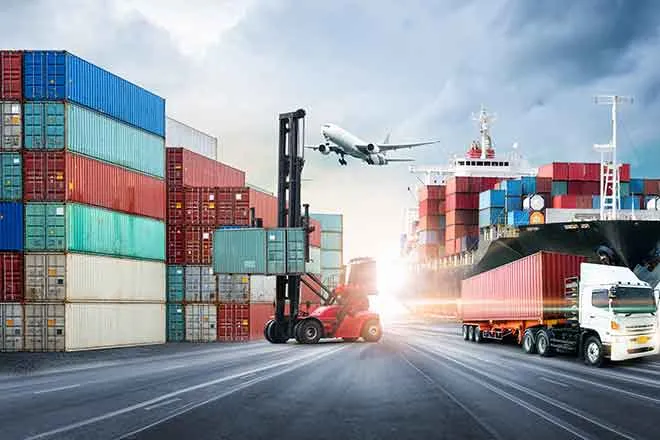
EarthTalk - Why is sea level rising more in some regions than others?
© iStock
Dear EarthTalk:
Why is sea level rising more in some regions—like the U.S. Southeast—than others? Is there a way to reduce sea level rise in certain specific locales?
C.T, Tampa, FL
Sea level rise is a pressing global issue, exacerbated by climate change. And its impacts are not uniform across the globe; some regions experience more significant increases than others. Notably, the U.S. Southeast has seen higher rates compared to other areas. Understanding the factors behind these regional differences is crucial for developing targeted strategies to mitigate and adapt to these changes.

© iStock - IBorisoff
One major factor contributing to regional variations in sea level rise is thermal expansion. As ocean water warms, it expands, leading to higher sea levels. However, this expansion does not occur evenly across the globe due to differences in ocean temperatures and circulation patterns. Warm currents can cause more significant sea level rise in certain areas by bringing heat from one region to another. The melting of ice sheets in Greenland and Antarctica contribute to global sea level rise, but its impact is not evenly distributed. Indeed, the gravitational pull from large ice masses affects sea levels regionally. As ice sheets melt, the gravitational attraction decreases, causing water to move away from these areas and leading to higher sea levels elsewhere. This redistribution of water can result in significant regional differences.
Engineering solutions like seawalls, levees and other physical barriers can provide immediate protection against rising sea levels. These are designed to prevent flooding and protect infrastructure. However, they also present challenges, including high costs and potential ecological impacts. Strategic urban planning and land use can significantly mitigate the impacts of sea level rise. Sustainable development practices, including equitably relocating people, structures and infrastructure away from vulnerable coastal areas—as well as the wholesale redesign of coastal communities—are essential. These strategies can help reduce vulnerability and enhance resilience. For example, some coastal cities are redesigning urban spaces to allow for natural water flow and creating buffer zones to absorb floodwaters.
Effective policies at local, state and federal levels are crucial for addressing sea level rise. Governments can implement regulations that promote sustainable practices, fund infrastructure projects and support community adaptation efforts. To effectively combat sea level rise, it is essential for individuals to engage with local governments and advocate for policy changes. By supporting research and development, communities can better prepare for the impacts of rising seas.
CONTACTS
- Are sea levels rising the same all over the world, as if we're filling a giant bathtub?, https://sealevel.nasa.gov/faq/9/are-sea-levels-rising-the-same-all-over-the-world-as-if-were-filling-a-giant-bathtub/
- Sea Level 101, Part Two: All Sea Level is ‘Local’, https://science.nasa.gov/earth/climate-change/sea-level-101-part-two-all-sea-level-is-local/
- A Surge In Sea Level Rise Threatens Southern States, https://cleantechnica.com/2024/05/08/a-surge-in-sea-level-rise-threatens-southern-states/.
EarthTalk® is produced by Roddy Scheer & Doug Moss for the 501(c)3 nonprofit EarthTalk. See more athttps://emagazine.com. To donate, visit https://earthtalk.org. Send questions to: question@earthtalk.org.















